Is your dog in need of some hair loss home remedies? If you’re a dog owner, you probably know how frustrating dog hair can be. Your dog will literally leave a trail of hair at every corner. No matter how much you vacuum, dust, or sweep, you will always find fresh dog hair left behind. This amount of hair loss may seem excessive; however, shedding is normal in dogs. But how much hair loss is normal, and when is it a problem?
Are you concerned about the amount of hair your furry friend is losing? Have you noticed any bald spots on your dog’s coat? There are many reasons why dogs can lose their hair abnormally. From primary hair follicle disorders, coat color defects, hormonal imbalances, and even excess licking/scratching/chewing from allergies, hair loss can be a problem.
The good news is that there are studies that have shown success using CBD for dogs to treat skin allergies. Hair loss in dogs is usually a treatable problem, and you can help solve it with our Dog Hair Loss Home Remedies Guide. Before moving to the solution, let’s look at the causes of this problem.
WHAT IS DOG HAIR LOSS?
Alopecia is a medicinal terminology for abnormal hair loss in dogs. The word alopecia comes from the Greek word “Alopex,” meaning fox, as foxes can be affected by mange and lose hair.
Alopecia is a symptom that can affect dogs and cats of all breeds, age, or gender. Hair is essential to help regulate body temperature, and it provides physical protection against UV radiation. In dogs, hair has a predetermined length and rate of growth, depending on the breed.
Short coated breeds (e.g., Labrador Retrievers, Doberman Pinschers, Basset Hound and etc.) have a more constant turnover of hairs. In contrast, longer coated breeds (e.g., Poodles, Golden Retrievers, etc.) have a longer duration of growing hair (anagen) and may need more regular grooming and brushing.
Most dogs usually shed their hair regularly, regardless of age, gender, or dog species. Whether on the carpet, in the car, on your sofa, or bed, dogs will most definitely leave behind some hair.
Shedding follows a natural pattern driven by day length from hormone production by the brain’s pineal gland (the same reason birds migrate at certain times of the year). Typically, in the northern hemisphere, dogs will shed more in the longer daylight months (this just so happens to be warmer months) in the spring and summer. They will bulk up hair production in the winter. The temperature does not control shedding. Hence, the question every pet owner has is, “When should I worry when my dog is losing hair?”
More often than not, pet owners do not worry about dog hair loss. They simply find creative ways to clean up the hair or keep it within a confined area. However, if you observe large balls of hair around your house or notice spots of missing hair on your dog, then you should definitely take a closer look as to why.
CAUSES OF HAIR LOSS IN DOGS
Hair Loss Caused By Allergies
It may sound a bit surprising, but even allergies can cause hair loss in dogs. Various environmental factors can cause allergies such as dust mites, molds, and pollen.
Even parasites like mites (Demodex and Scabies) and fleas can cause an allergic reaction. This type of hair loss is either from pulling or scratching the hair out or from secondary infection loosening the hair until it falls out.
Sometimes food allergies can cause hair loss in dogs. This is why if you notice that your dog is suffering from allergies, then you should be on your guard against other symptoms like biting and excess scratching.
Hair Loss Caused By Hormonal Imbalances
Sometimes excess hair loss can be caused by Hyperadrenocorticism, also known as Cushing’s disease. Hypothyroidism (low thyroid levels), atypical Cushing’s disease, and other hormonal conditions can create a low rate of hair growth and alopecia occurs.
Hair loss can be termed as a symptom of any of these hormonal diseases. Cushing’s disease has a large number of symptoms, some of which are increased thirst, increased appetite, increased urination, and a pot-bellied appearance.
Hypothyroidism also has many symptoms, and some of the outward issues may be lethargy, weight gain, and decreased appetite. Atypical Cushing’s may only present as hair loss but can have some similar symptoms as Cushing’s disease.
If you notice any of these symptoms along with hair loss, have your veterinarian investigate further as many of these conditions are very treatable.
Hair Loss Caused By Infection
Sometimes a bacterial or fungal infection in dogs can also cause hair loss. For example, ringworm (a fungal infection) can cause the deterioration of hair.
When your dog loses hair because of ringworm, the hair loss pattern is often circular, but it can also be random in shape, and there may or may not be redness of the skin.
Ringworm is typically an itchy condition, and certain species (M. canis) can be contagious to humans (zoonotic). Please seek veterinary attention if you see this symptom on your pet.
Related article: Dog Ringworm Treatment Home Remedies [Easy Tips Inside!]
Hair Loss Caused By Pressure Sores
Pressure sores are also called bedsores. They can be termed as localized injuries. The Pressure sores develop when your dog’s pressure points or elbows (also called a “hygroma”) come up in contact with the hard surfaces.
The constant friction and callus will cause the skin to lose its hair and bleed. You will notice that Pressure sores are more common in older dogs.
Hair Loss Caused By Genetics
Sometimes genetics can also be a factor behind hair loss in dogs. For example, the American Hairless Terrier, Whippet, and Grey Hound are dogs that are prone to localized baldness, mainly on the back of the hind legs, armpits, around the ear bases, and very top of the head (temporalis region).
Coat color genetics also can play a role in hair loss. The dilute coat colors (e.g. silver Labs, blue Dobermans, etc) have a genetic mutation in the D gene locus for hair growth and produce large clumps of pigment (melanin). These clumps can prematurely cause breakage of the hair shafts resulting in alopecia and a thin hair coat.
SYMPTOMS OF DOG HAIR LOSS
When determining whether or not the loss of dog hair is normal, dog owners should look for some signs and symptoms that occur when there is a problem.
If the hair loss is excessive, dog owners may get instructions from the vet to check the skin surface for any tell-tale signs of abnormal hair loss. Dry, scaly, or even dark grey skin is an indicator that the dog’s hair loss is not normal.
When the hair is too thin, it is highly likely that the dog is experiencing a condition responsible for the thinning of hair and may, therefore, lose more hair on their body surface. Red and inflamed skin may also be visible around the area of hair loss, which is an indication of infection. The constant itching and the oozing of moisture, pus, or blood around the area of hair loss are also of great concern and is an indication to consult with your veterinarian.
The one symptom that dog owners sometimes fail to acknowledge is a foul odor coming from the surface of the dog’s skin. Foul-smelling skin is a definite signal that the dog’s hair loss is not normal. The smell could be from secondary infection. The odor can also come from the glands in the skin (apocrine and sebaceous). In this case, the glands release more oils when the skin is irritated (e.g., from allergies), and these oils oxidize and leave a foul odor.
PREVENTION OF DOG HAIR LOSS
It is basically impossible to eliminate dog hair loss. The most a pet owner can do is to implement some measures to reduce hair loss.
You should apply monthly flea preventatives to reduce any itching that may occur as a result of flea saliva. Also, you should put your dog on a healthy diet complemented using all the necessary supplements. A healthy diet consists of a proper balance of all the food groups. It is topped off using omega 3 & 6 supplements to keep the skin healthy and supple.
Most of all, if you want to prevent your dog from losing hair, you should always ensure the proper grooming for your companion. Grooming involves regular cleaning using the correct shampoos as well as brushing and combing of the hair. Brushing or combing your dog’s coat regularly helps to work the natural oils from its skin onto its hair. The oil your dog’s body naturally produces works to create a healthy barrier which can protect its coat from damaging hair loss.
HOME REMEDIES FOR DOG HAIR LOSS
There are times when you cannot take the dog to the vet right away. Or maybe you wish to provide a more holistic approach towards your dog’s hair loss problem. Let’s take a look at how you can use some natural home remedies in these situations.
You should first check your dog for fleas. If your dog does not have fleas, it can be suffering from one of the problems mentioned above.
Give Your Dog A More Natural Diet
Food can play a significant role in the health of the haircoat of your dog. First things first, replace the name-brand store-bought dog food with a more natural brand food.
Try to introduce some homemade options to the dog. For example, you can offer some cooked chicken breast to your dog. You may also provide fully cooked vegetables or fully cooked rice to the dog.
To ensure a properly balanced homemade pet diet, you should discuss homemade diets with your veterinarian. Another useful resource for balanced homemade diets is BalanceIT (www.balanceit.com), which can provide a range of options for homemade foods while ensuring balanced nutrition.
Making Use Of Lemon Juice
Most people are aware of the fact that lemon juice has anti-bacterial properties due to the citric acid it contains. This juice can be quite helpful in treating hair loss if there is a slight bacterial overgrowth present.
You can infuse a quart of warm water with a slice of lemon for about five hours. Make sure to strain the liquid afterward to get rid of any pulp or particles. You can apply the infusion to the affected areas of your furry friend to treat hair loss. Lemon juice is one of the quickest dog hair loss home remedies.
Using Apple Cider Vinegar To Combat Allergies
Apple Cider Vinegar, which contains acetic acid, has anti-fungal and anti-bacterial properties. What makes Apple Cider Vinegar so valuable is that it boosts the immune system. You should mix equal parts of vinegar with water when you use Apple Cider Vinegar as a hair loss remedy.
This mixture can be applied easily to the affected area. You can dip a cotton ball into the mix and use it on your dog. You can also try adding about two drops of Apple Cider Vinegar in your dog’s food or drinking water.
Try giving your furry buddy an anti-fungal bath. This bath can help relieve the hair loss symptoms, if caused by an overgrowth of Malassezia yeast, and may help to get rid of itching. You can add the undiluted vinegar to the bath and rinse your pet with this mixture. Ananti-fungal bath is one of the most effective dog hair loss remedies.
Try Using Flaxseed Oil
You should also try mixing some flaxseed oil in your dog’s food or flaxseeds in their diet. Flaxseed oil contains a high quantity of Omega 3 fatty acids in it.
Flaxseed is beneficial because Omega 3 fatty acids have been found to treat dogs with dry, itchy skin and hair coat.
Omega 3s also helps treat inflammation in joints, heart, and skin. This is why it works well for hair loss in dogs.
Massaging Olive Oil On Your Furry Friend
Olive oil is bliss for your dog. If you notice hair loss in your pet, try rubbing some olive oil in the palm of your hand. Give your pet a gentle massage. The olive oil will also help to give your dog a shiny coat, and they will just love your massage as well. Want more dog hair loss home remedies? Read on!
Treating Hair Loss With Aloe Vera
Aloe Vera also works well for hair loss. If itching causes the hair loss, you can apply Aloe Vera on your dog’s skin to soothe the itching.
Aloe Vera contains many nutrients and enzymes that are beneficial towards a healthy scalp and hair in dogs. These enzymes can help remove dead skin cells, which can block the nutrient uptake healthy hair needs.
Using Coconut Oil
You should also try to apply coconut oil to your dog’s coat. What you will appreciate about this oil is Lauric acid is present in it. Lauric acid can kill harmful pathogens such as yeast and bacteria that build up on damaged skin. The use of coconut oil can result in less hair loss and improved comfort for your dog.
CBD OIL FOR DOG HAIR LOSS
Another natural product you can add, in addition to these remedies, is CBD oil for dogs. CBD oil from hemp is a rich source of Omega 3 and Omega 6 fatty acids.
You can also think along the lines of adding the CBD oil to your pet’s food to reduce irritation and swelling. The Gamma–linolenic acid (GLA) present can also regulate the endocrine system of your pet. Omega 3s and GLA are what make CBD one of the best home remedies for hair loss in dogs.

Allergies to food or the environment are the number one cause for your dog losing hair. According to this governmental study, the Endocannabinoid System (ECS) was determined to be a target for the treatment of allergic skin diseases in dogs. This means that cannabinoids, such as CBD (cannabidiol), may be beneficial for your dog’s hair loss problem.
The ECS and cannabimimetic compounds protect against the effects of allergic inflammatory disorders in various species of mammals. The results of the present study contributed to the knowledge of the endocannabinoid system. They indicated this system might be a target for the treatment of immune-mediated and inflammatory disorders such as allergic skin diseases in dogs.
Many brands of CBD products and oils are specially formulated for pets. These products are usually made from an extract of the hemp plant. To reduce symptoms such as itching, excessive hair loss, irritation, minor swelling, and allergic reactions, veterinarians are starting to recommend the use of CBD oil.
Keep in mind that the FDA has not yet approved CBD for medical use. As such, it is not intended to prevent, treat, or cure any diseases or ailments.





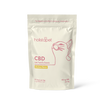
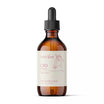
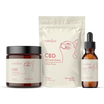
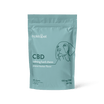
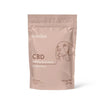
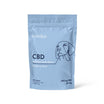
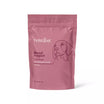
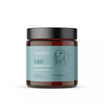
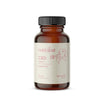
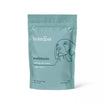
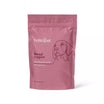
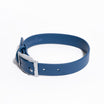
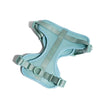
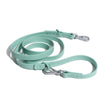

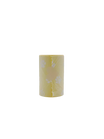
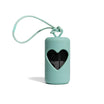
![Dog Hair Loss Home Remedies [The Complete Guide]](http://www.holistapet.com/cdn/shop/articles/dog-hair-loss-home-remedies_1.jpg?v=1687196185&width=1500)




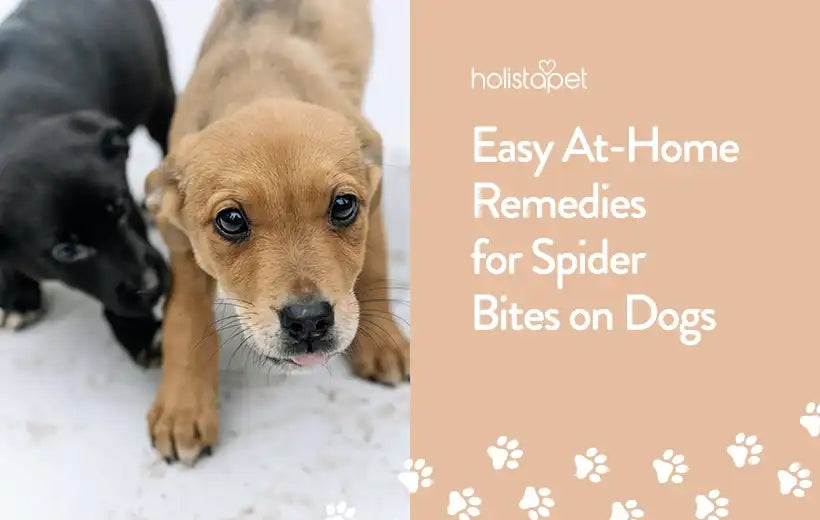
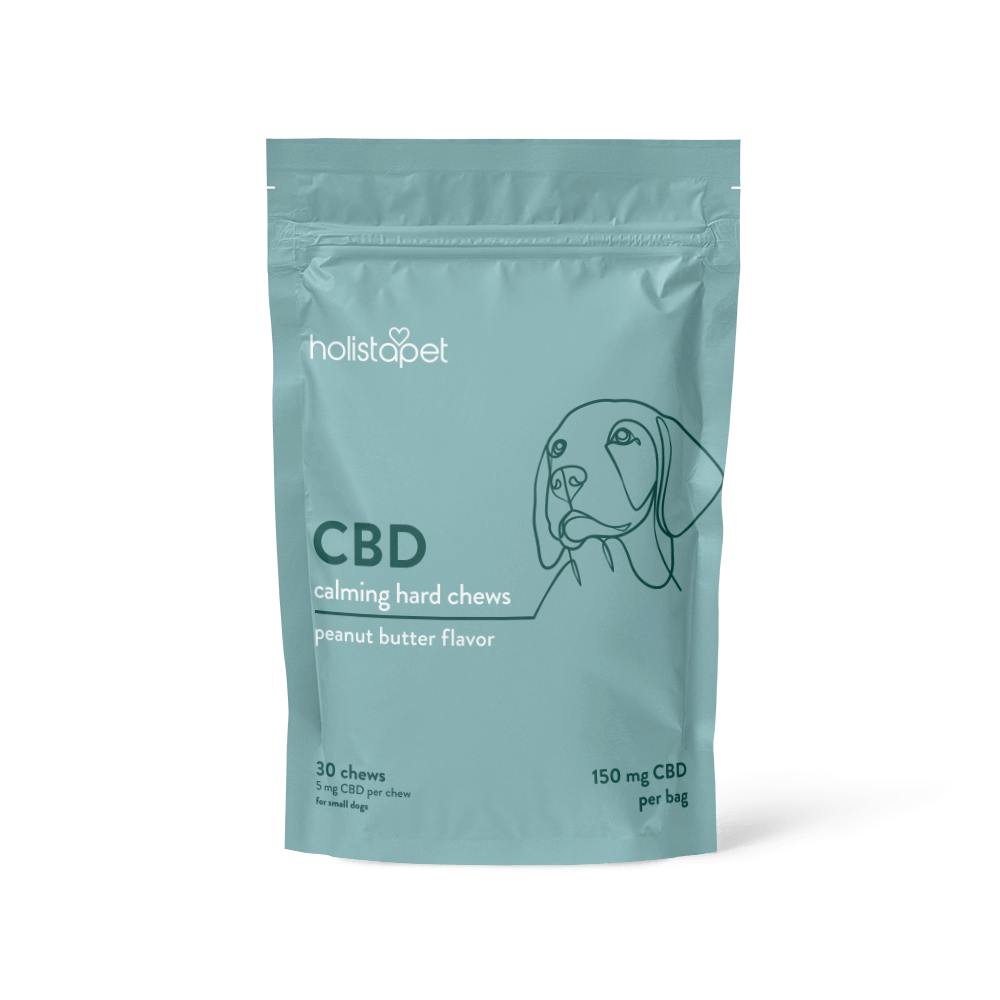
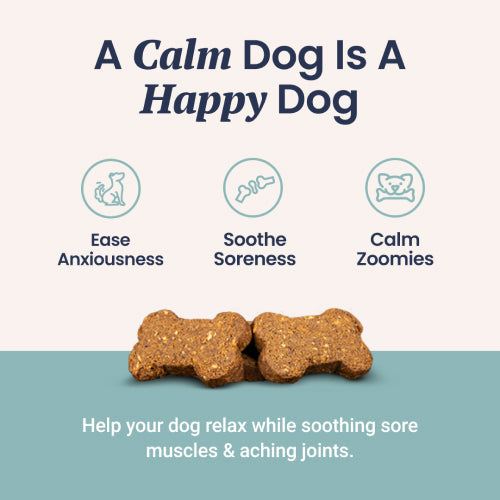
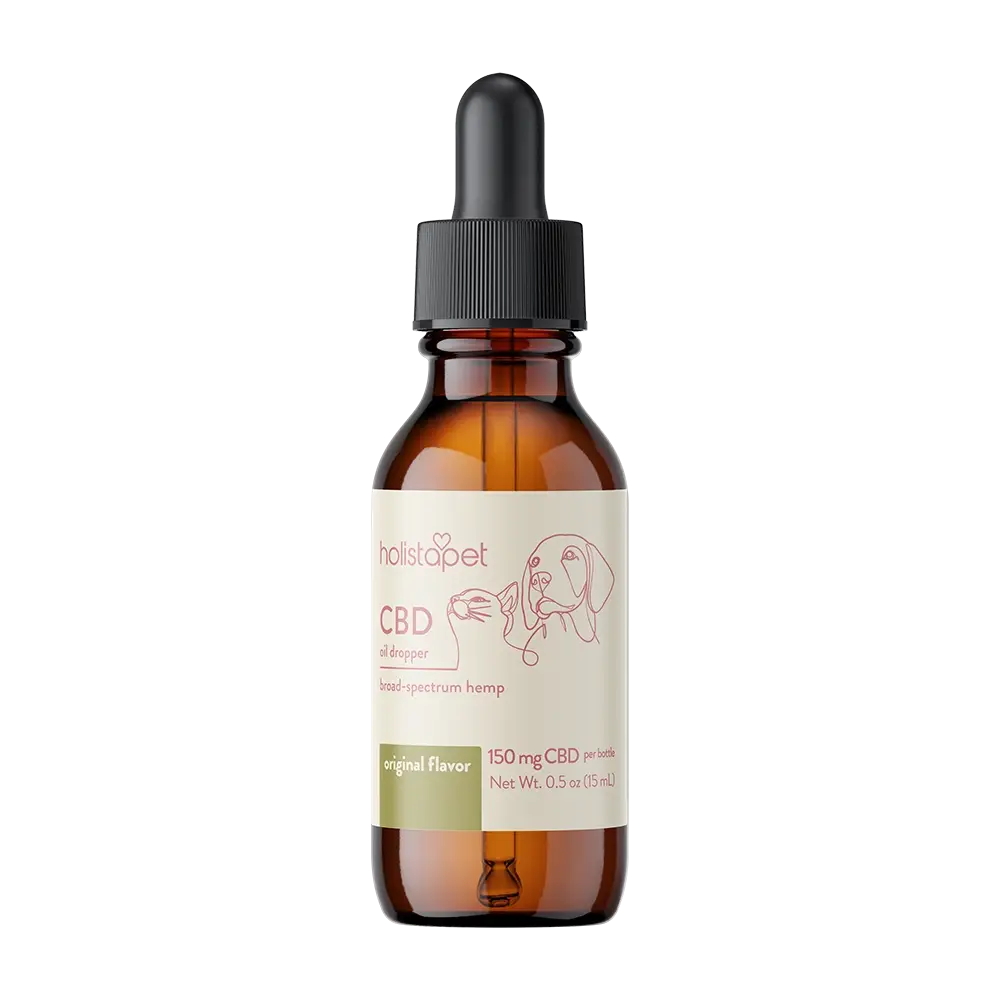

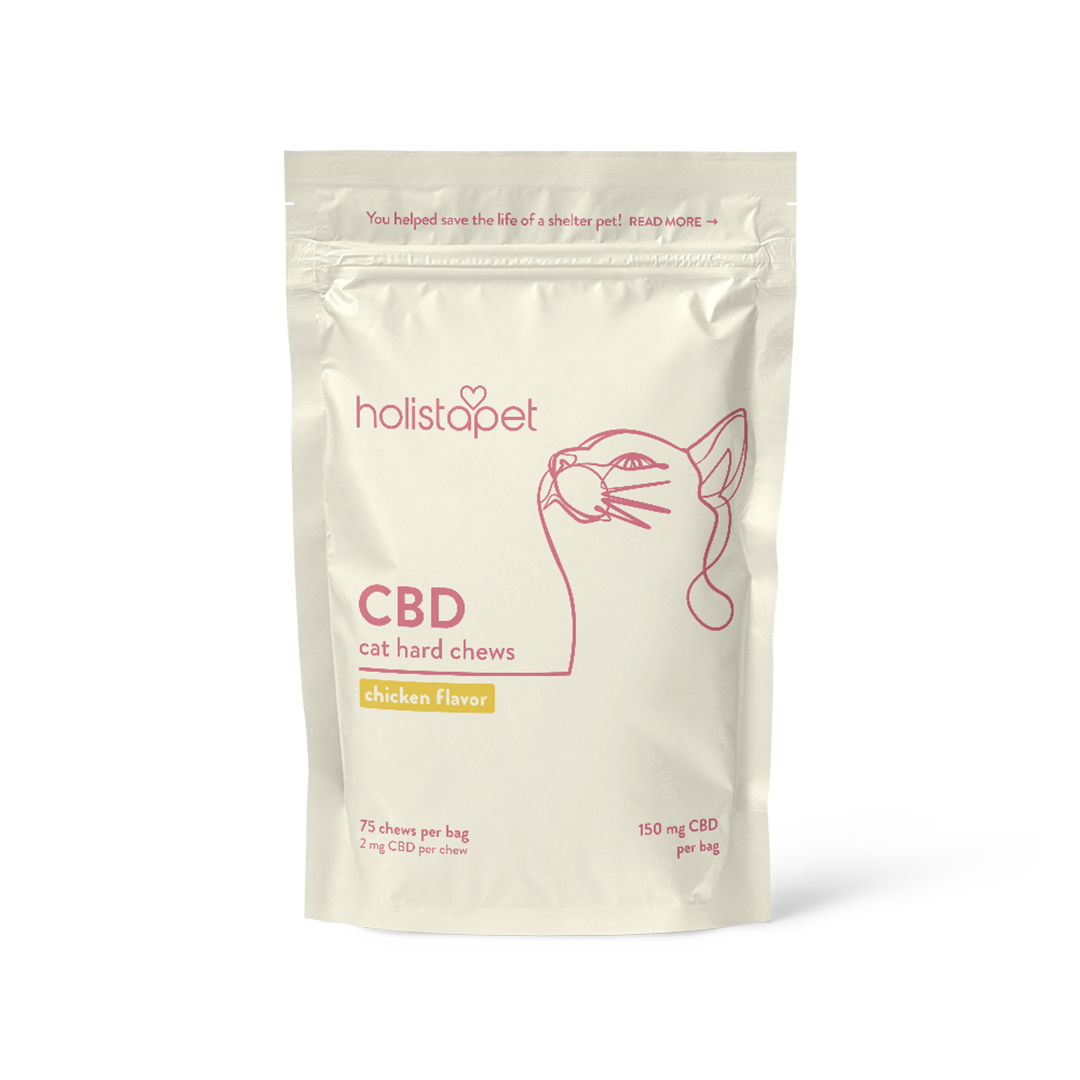

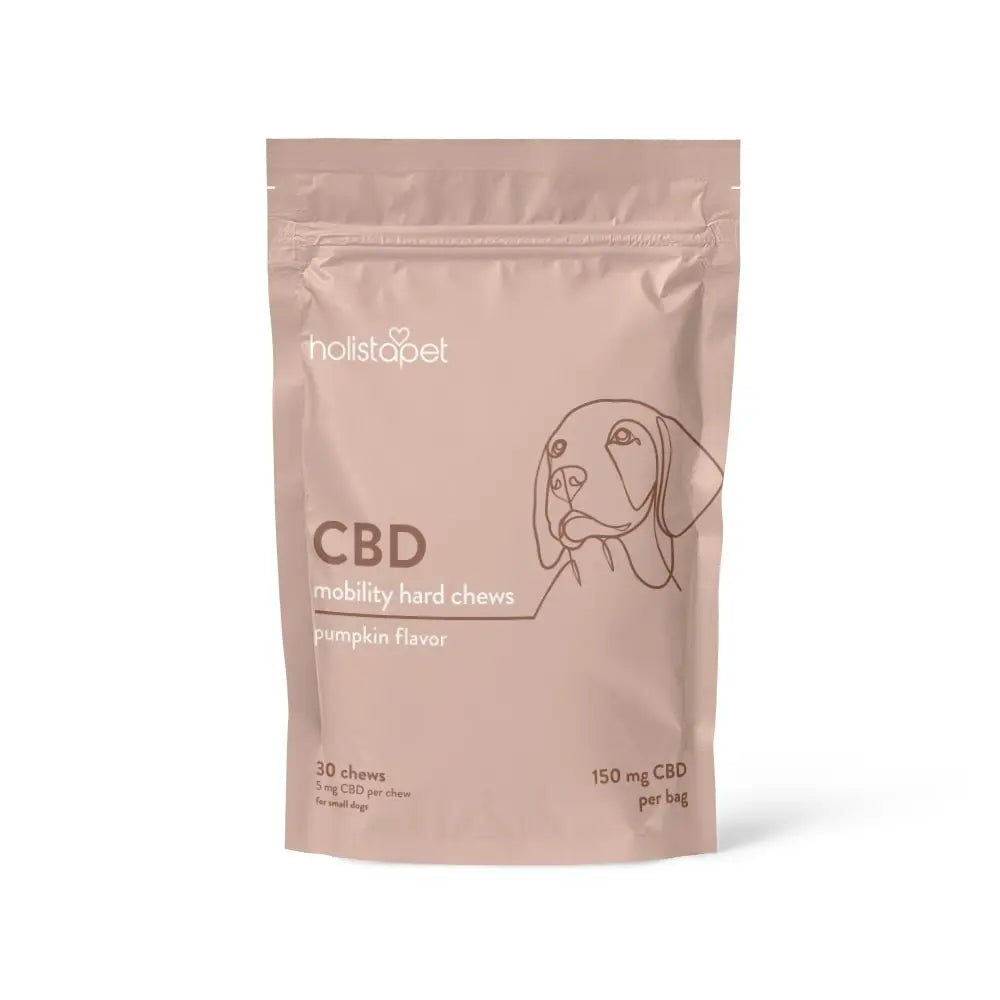
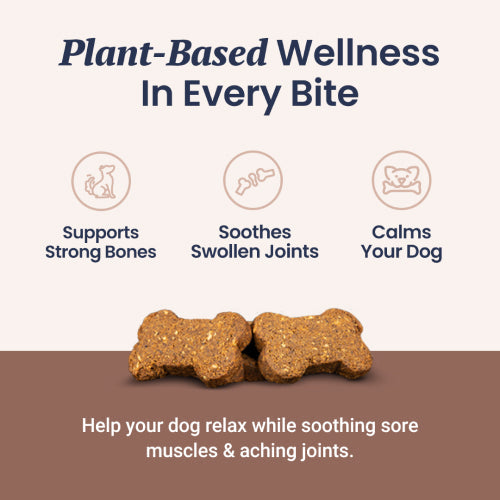
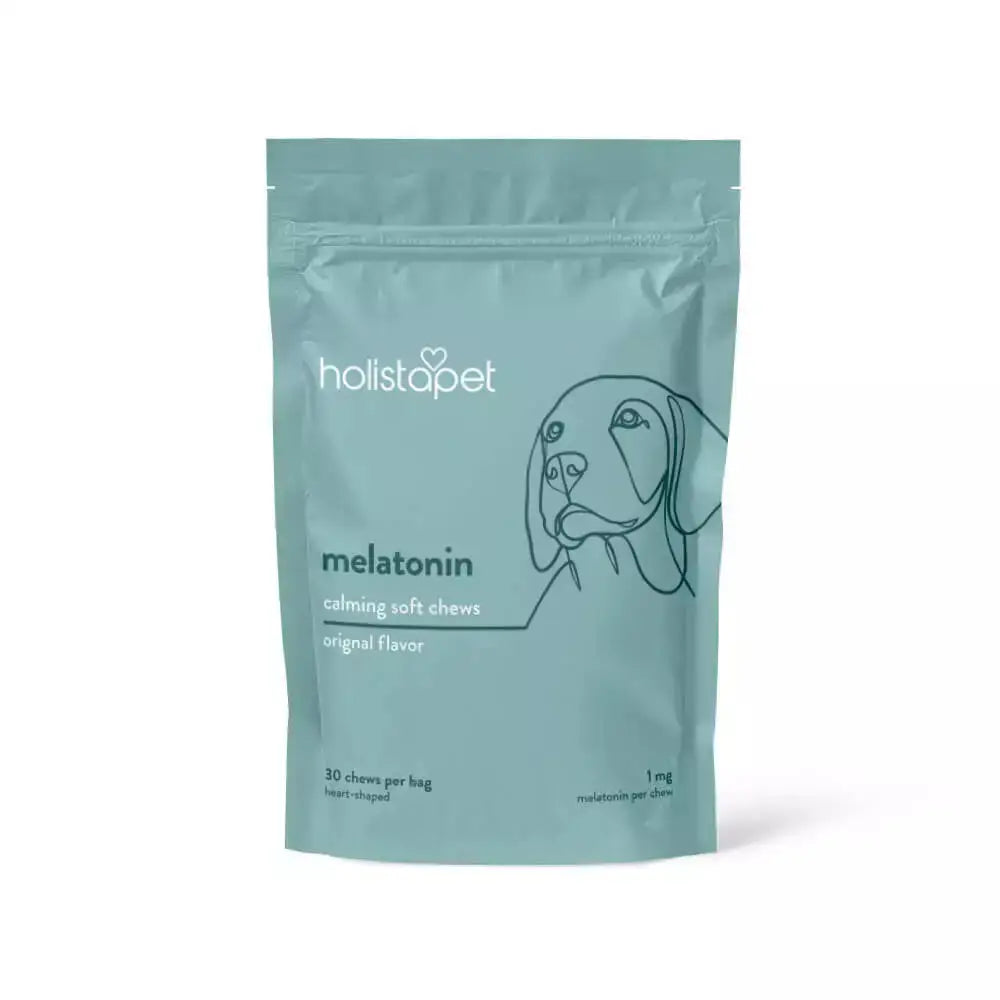

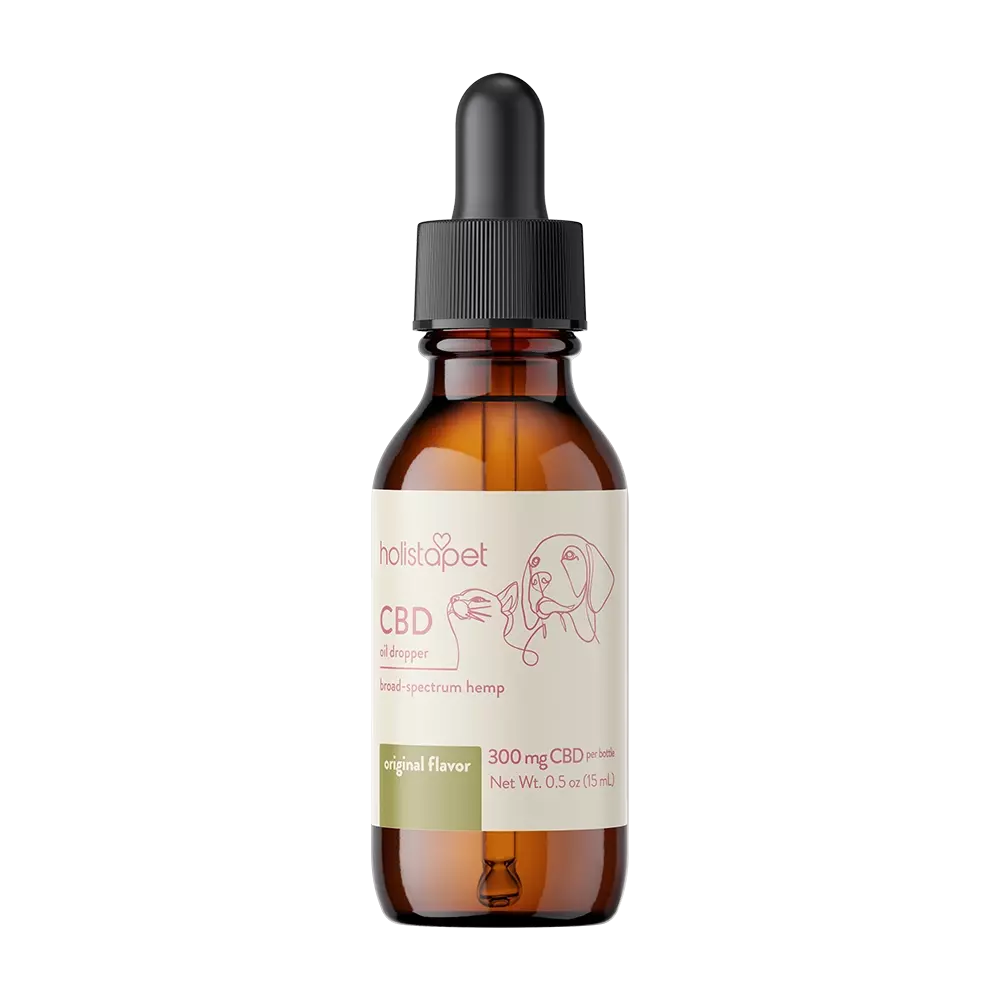

Leave a comment
This site is protected by reCAPTCHA and the Google Privacy Policy and Terms of Service apply.